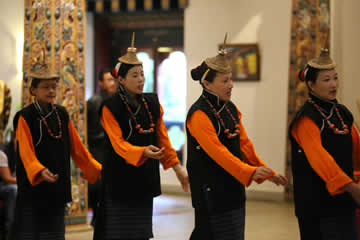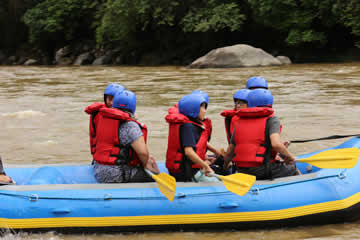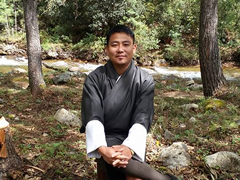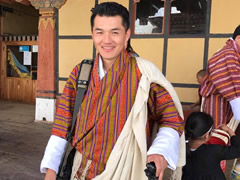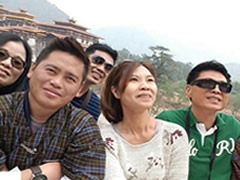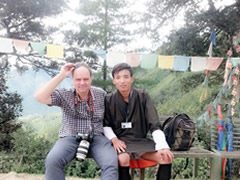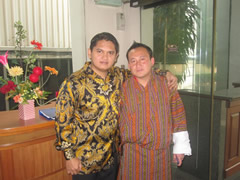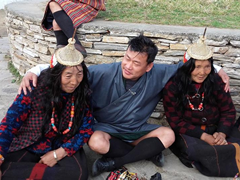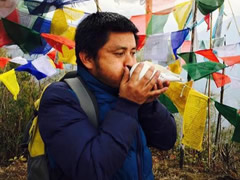Bhutan History
Bhutan is located in the Himalayas, a small country of just under 735,553 as of May 2017, is the world's only country proposed "gross national happiness" rather than "gross national product" more important countries, universal free education and health care, and not only that, there are many.
***Small country with a big responsibility and dreams***
Although archaeological exploration of Bhutan has been limited, evidence of civilization in the region dates back to at least 2000 B.C. Aboriginal Bhutanese, known as Monpa, are believed to have migrated from Tibet. The traditional name of the country since the 17th century has been Drukyul, Land of the Drokpa (Dragon People), a reference to the dominant branch of Tibetan Buddhism that is still practiced in the Himalayan kingdom.
Instability lasted until 1907 when Ugyen Wangchuck was elected, by a unanimous vote of Bhutan’s chiefs and principal lamas, as hereditary ruler of Bhutan. Thus the first king was crowned and the Wangchuck dynasty began. Over the following four decades, he and his heir, King Jigme Wangchuck, brought the entire country under the monarchy’s direct control. Upon independence in 1947, India recognized Bhutan as a sovereign country.
The fourth King, Jigme Singye Wangchuck, had espoused and implemented the policy of controlled development with particular focus on the preservation of the environment and Bhutan’s unique culture. Among his ideals is economic self-reliance and what has now become widely known as ‘Gross National Happiness’. His coronation on 2 June 1974 was the first time the international media were allowed to enter the Kingdom, and marked Bhutan’s debut appearance on the world stage. The first group of paying tourists arrived later that year. In major political reform in June 1998, the king dissolved the Council of Ministers and announced that ministers formerly appointed by him would need to stand for open election. In 1999 television and Internet were first introduced to Bhutan


